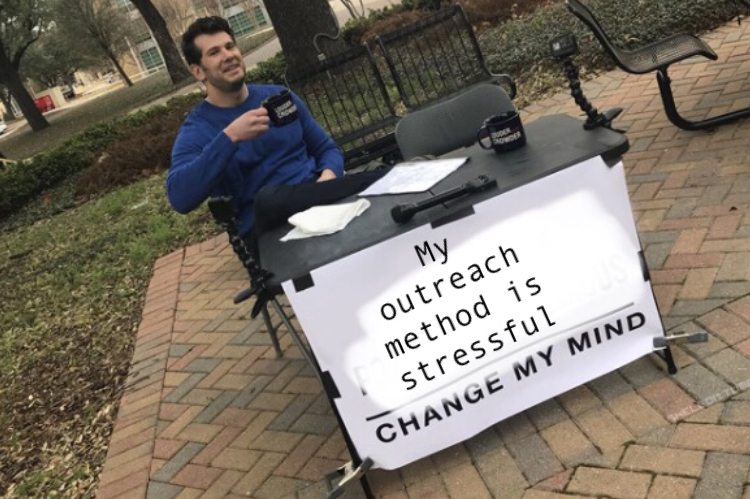There are over 32,000 students attending the University of Utah, and every day thousands of them walk across campus trying to get to a specific location — usually as quickly as possible. Having a large population of young adults in one place makes campus a great spot for advertising, protesting and tabling. Unfortunately, one of the most annoying things that can occur when trying to rush from class to class is getting stopped by a stranger who wants you to sign a piece of paper, sign up for something you’re not interested in or donate money.
Honestly, it’s somewhat sad how much “tablers” and advertisers need or want our attention while most of us blatantly ignore them or say “no thanks” without listening to what they have to say. But what else are we supposed to do when we have only a few minutes remaining to get to class? We don’t have a choice but to hurry past.
On the rare occasion that we can stop and listen to those advertisers or sign some piece of paper, the groups don’t let up in their demands for attention later in the day. I have been asked to sign the same petition four different times, and I have to admit that I have become impatient with this form of outreach.
A lot of these groups have good intentions. They’re trying to get names to advocate for universal health care, or share information about healthy ways of eating or remind students to vote. But whatever their goal is, there are much better and more convenient ways to reach students that won’t push them away from their causes.
First, set up a booth on campus that offers something in return for students’ time. Candy, hot chocolate, coffee, etc. Make tables and booths much more interesting and appreciated than the standard table with nothing but an email list.
Second, signs can help engage students. They are easy to make and far more attention-grabbing than undecorated booths. Signs also help bring people to a booth rather than having booth operators targeting students. When people notice a sign, they make a more educated decision about whether to approach a booth. So, signs help to attract students who actually care about certain issues without advertisers having to irritate students who may not be interested.
Third, a great way to reach out to students is through social media. Using social media can reach more students than just those who happen to be on campus during a tabling event. It’s easy to get electronic signatures, give quick surveys and, since students use social media during their leisure time, it’s less invasive than questioning those students as they walk between classes. It’s also convenient for the groups and advertisers themselves because they don’t have to organize tabling times and booth rentals.
Fourth, the most convenient way for students to receive a group’s advertising is for that group to go from class to class to deliver its message. It’s a good time to pass out surveys and petitions, and students likely won’t object to the group’s presence as long as it gets the professor’s permission before postponing a lecture.
Overall, the best way to successfully advertise on campus is to show respect for students’ time and attention. Thank students for their time and appreciate them when they’re willing to give your group’s cause a chance.


